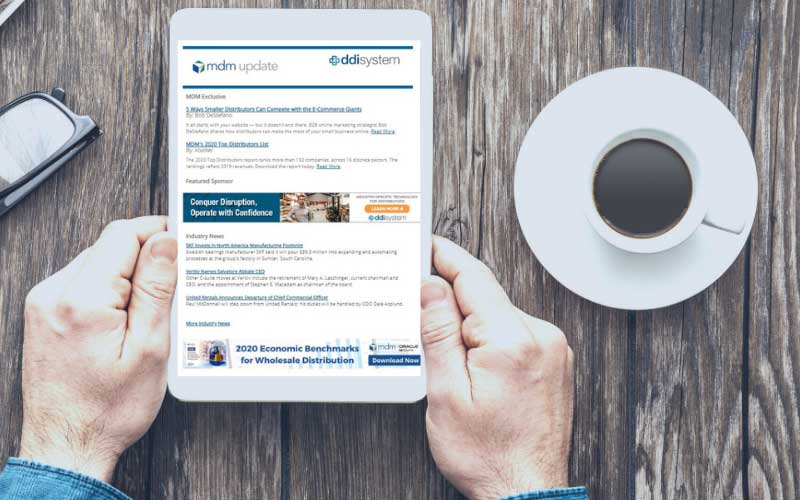To continue reading this article you must be a paid subscriber.
Subscribe to MDMAlready Subscribed? Click here to log-in | Forgot your password?
Tim Underhill of Underhill & Associates says distributors often struggle with proving value to their customers. He provides best practices on implementing a formal system that can help retain and get more business from existing customers.
Customers are willing to pay more when they recognize value beyond the short-term. For example, manufacturers have done a good job providing data on the dollar impact of buying energy-efficient light bulbs, including the new bulb’s life expectancy and wattage, says Tim Underhill, president of Underhill & Associates.
The price can be several times that of an incandescent. But their ...

Already Subscribed? Click here to log-in | Forgot your password?
Read the latest articles and see your reports.
The MDM update newsletter is your best source for news and trends in the wholesale distribution industry.
Wholesale distribution news and trends delivered right to your inbox.
Sign-up for our free newsletter and get:

Join other distribution executives who use MDM Premium to optimize their business. Our insights and analysis help you enter the right new markets, turbocharge your sales and marketing efforts, identify business partners that help you scale, and stay ahead of your competitors.
By providing your email, you agree to receive announcements from us and our partners for our newsletter, events, surveys, and partner resources per MDM Terms & Conditions. You can withdraw consent at any time.